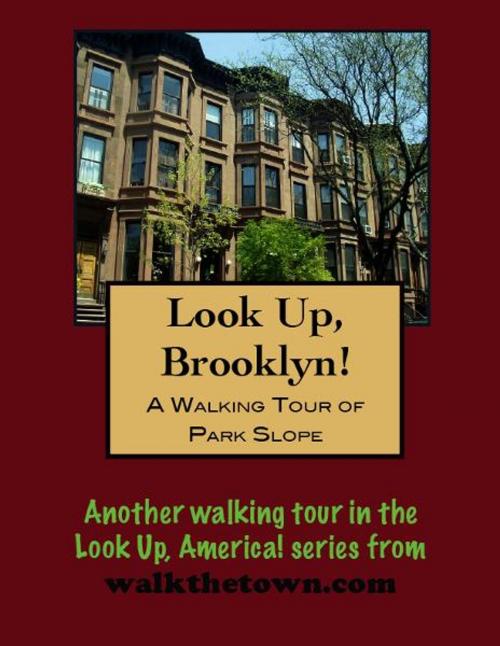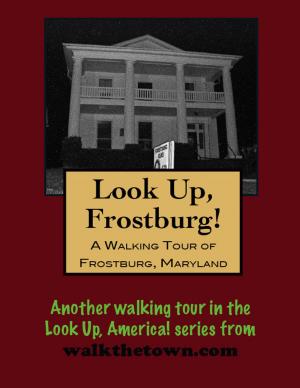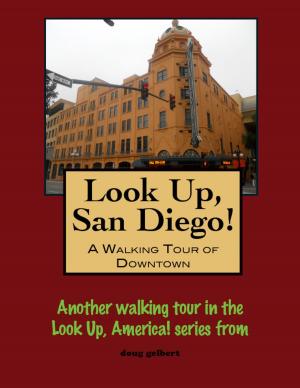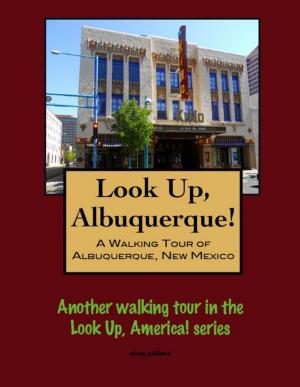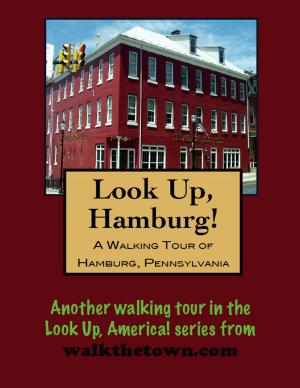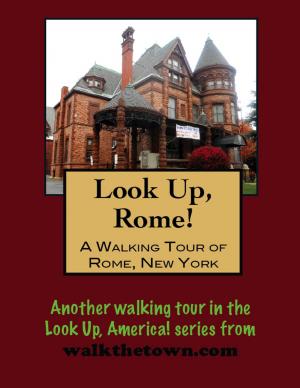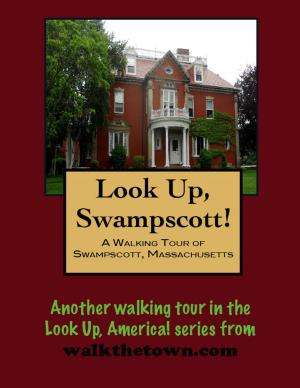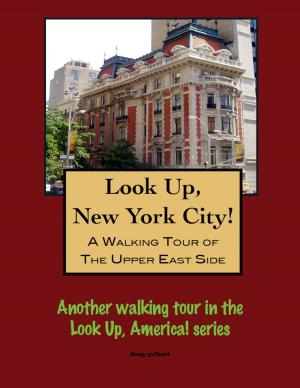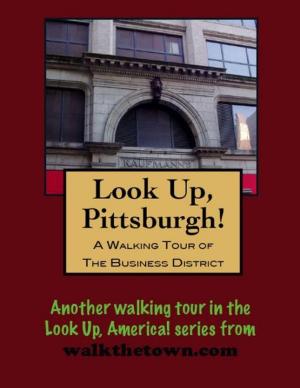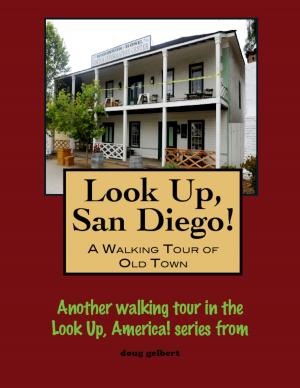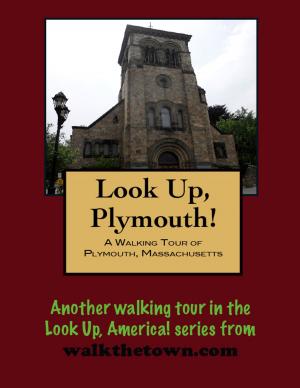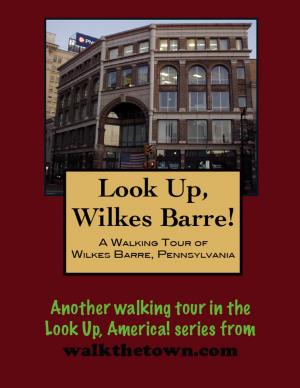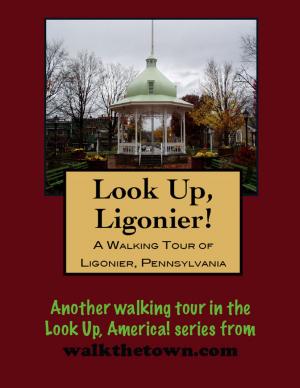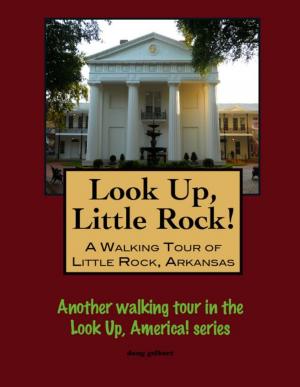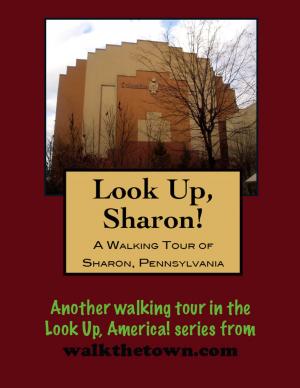| Author: | Doug Gelbert | ISBN: | 9781452307794 |
| Publisher: | Doug Gelbert | Publication: | January 10, 2010 |
| Imprint: | Smashwords Edition | Language: | English |
| Author: | Doug Gelbert |
| ISBN: | 9781452307794 |
| Publisher: | Doug Gelbert |
| Publication: | January 10, 2010 |
| Imprint: | Smashwords Edition |
| Language: | English |
There is no better way to see America than on foot. And there is no better way to appreciate what you are looking at than with a walking tour. Whether you are preparing for a road trip or just out to look at your own town in a new way.
Each walking tour describes historical and architectural landmarks and provides pictures to help out when those pesky street addresses are missing. Every tour also includes a quick primer on identifying architectural styles seen on American streets.
This walking tour of the Park Slope section of Brooklyn, New York illuminates the industrial, commercial and residential experience of one of the city's most colorful streetscapes. Also included is a walk through the magnificent Prospect Park.
The movement to create Prospect Park, a large public greenery for America's third largest city, began in the late 1850s. Construction began in 1866 and within two years city officials reported that 100,000 people had visited the park in the month of July - even though the first stage of the park was still three years away from being completed. Despite its popularity the area around the green oasis was slow to develop. As late as 1884 the area to the west of the park that flows downhill to the Gowanus Canal and the flatlands beyond was still characterized as "fields and pasture."
Soon thereafter a new street grid was laid out and the first mansions began to appear. A wonderland of Victorian finials, pinnacles, pediments, towers, turrets, bay windows, and stoops quickly followed and the lavish homes clustered around Plaza Street and Prospect Park West were christened the Gold Coast, rivaling the opulent lifestyle of Manhattan's Fifth Avenue. The 1890 United State Census confirmed that Park Slope was the nation's richest neighborhood.
Like most of New York City, Park Slope slumped through the middle of the 1900s. In mid-century one could find hundreds of vacant houses. By the 1960s, an official revitalization movement was in full swing to preserve the neighborhood's historic row houses, stately brownstones, and Queen Anne, Renaissance Revival, and Romanesque mansions. The boom that followed has once again made the Slope a premier New York address. In December 2006, Natural Home magazine named Park Slope one of America's ten best neighborhoods based on criteria including parks, green spaces and neighborhood gathering spaces; farmer’s markets and community gardens; public transportation and locally-owned businesses; and environmental and social policy.
The Park Slope Historic District was designated by the New York City Landmarks Preservation Commission in 1973.
Our walking tour will start at Grand Army Plaza where, in 1892, President Grover Cleveland presided over the unveiling of The Soldiers and Sailors Arch, a notable Park Slope landmark...
There is no better way to see America than on foot. And there is no better way to appreciate what you are looking at than with a walking tour. Whether you are preparing for a road trip or just out to look at your own town in a new way.
Each walking tour describes historical and architectural landmarks and provides pictures to help out when those pesky street addresses are missing. Every tour also includes a quick primer on identifying architectural styles seen on American streets.
This walking tour of the Park Slope section of Brooklyn, New York illuminates the industrial, commercial and residential experience of one of the city's most colorful streetscapes. Also included is a walk through the magnificent Prospect Park.
The movement to create Prospect Park, a large public greenery for America's third largest city, began in the late 1850s. Construction began in 1866 and within two years city officials reported that 100,000 people had visited the park in the month of July - even though the first stage of the park was still three years away from being completed. Despite its popularity the area around the green oasis was slow to develop. As late as 1884 the area to the west of the park that flows downhill to the Gowanus Canal and the flatlands beyond was still characterized as "fields and pasture."
Soon thereafter a new street grid was laid out and the first mansions began to appear. A wonderland of Victorian finials, pinnacles, pediments, towers, turrets, bay windows, and stoops quickly followed and the lavish homes clustered around Plaza Street and Prospect Park West were christened the Gold Coast, rivaling the opulent lifestyle of Manhattan's Fifth Avenue. The 1890 United State Census confirmed that Park Slope was the nation's richest neighborhood.
Like most of New York City, Park Slope slumped through the middle of the 1900s. In mid-century one could find hundreds of vacant houses. By the 1960s, an official revitalization movement was in full swing to preserve the neighborhood's historic row houses, stately brownstones, and Queen Anne, Renaissance Revival, and Romanesque mansions. The boom that followed has once again made the Slope a premier New York address. In December 2006, Natural Home magazine named Park Slope one of America's ten best neighborhoods based on criteria including parks, green spaces and neighborhood gathering spaces; farmer’s markets and community gardens; public transportation and locally-owned businesses; and environmental and social policy.
The Park Slope Historic District was designated by the New York City Landmarks Preservation Commission in 1973.
Our walking tour will start at Grand Army Plaza where, in 1892, President Grover Cleveland presided over the unveiling of The Soldiers and Sailors Arch, a notable Park Slope landmark...
